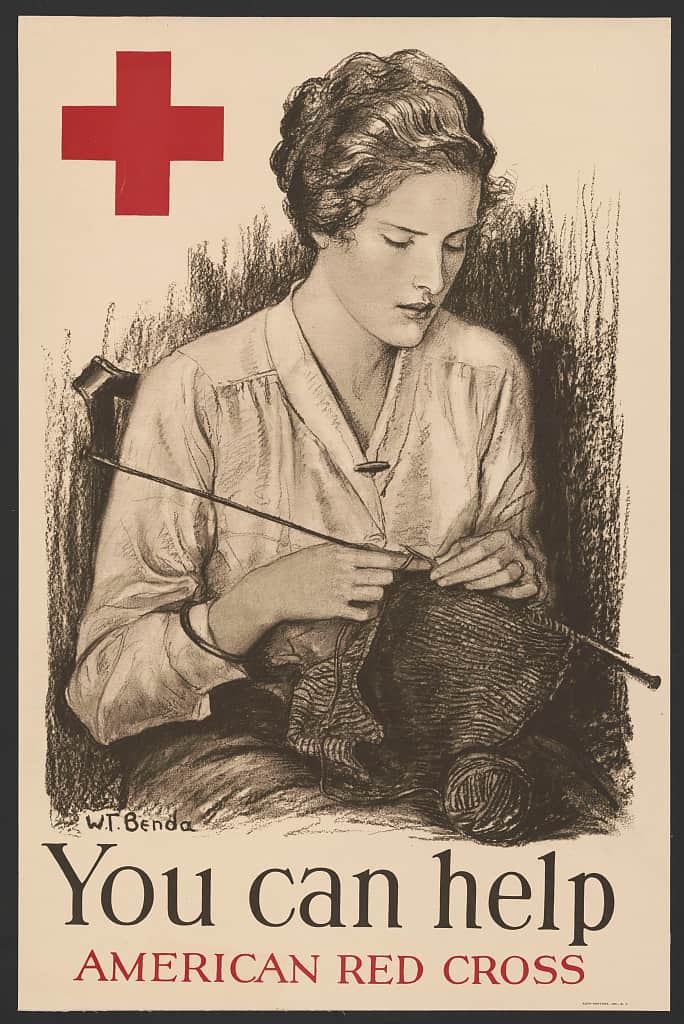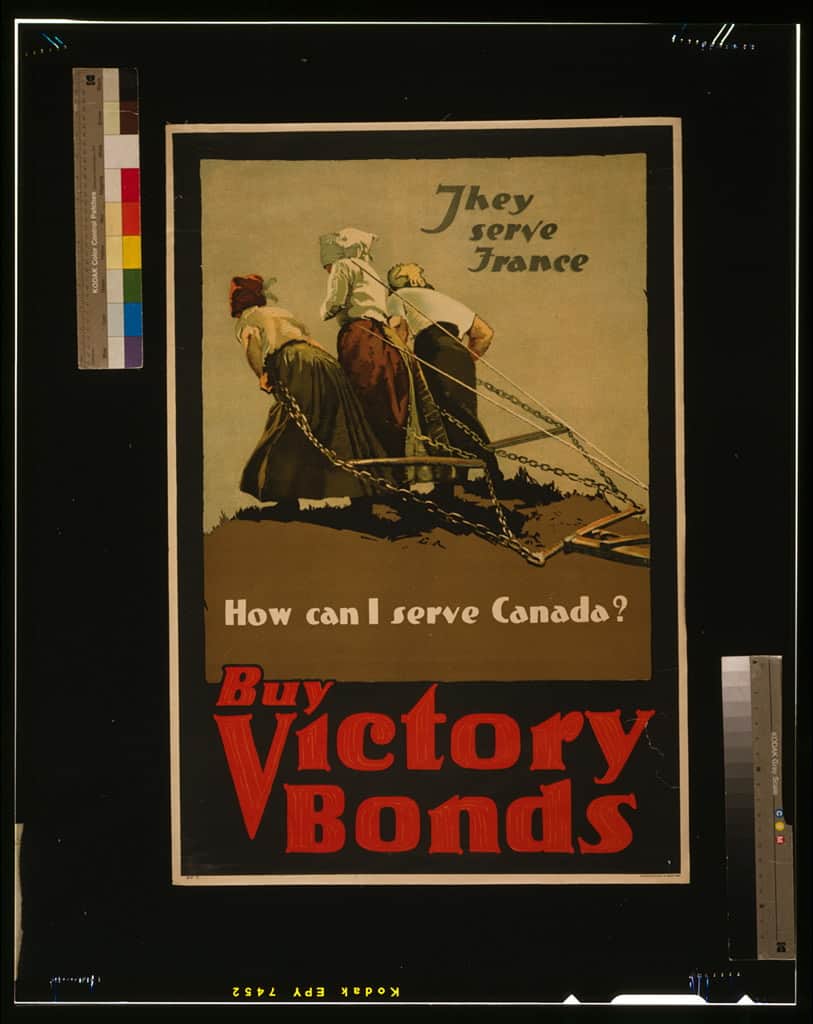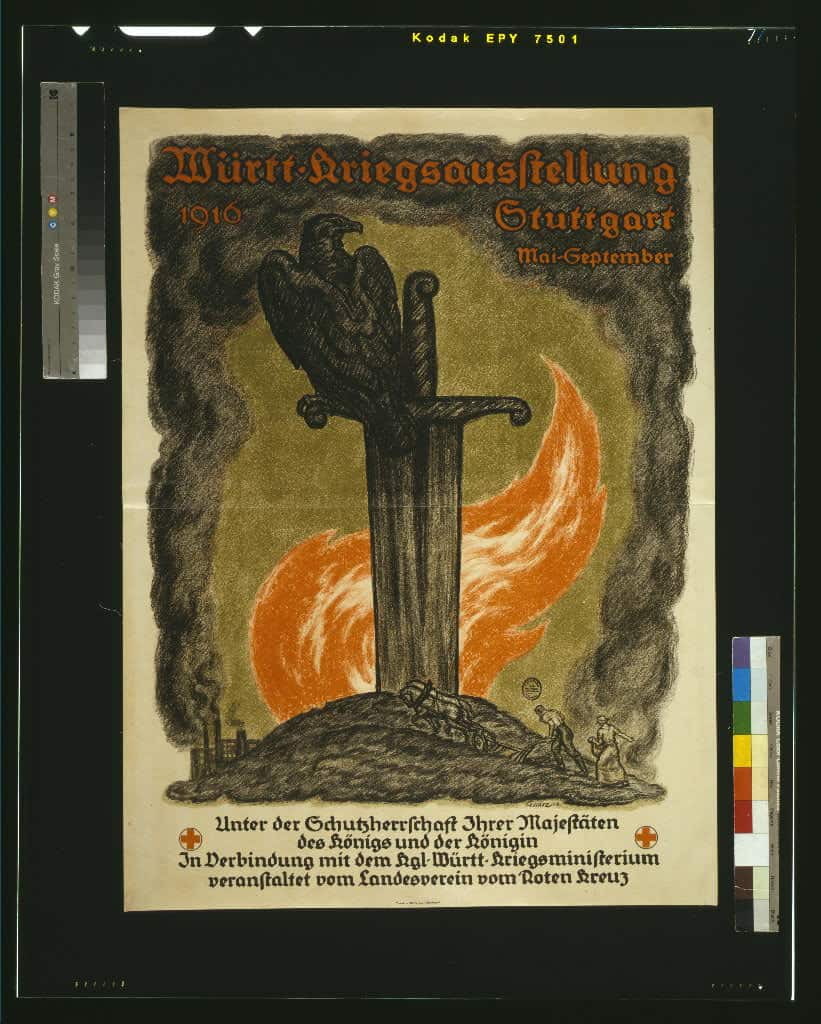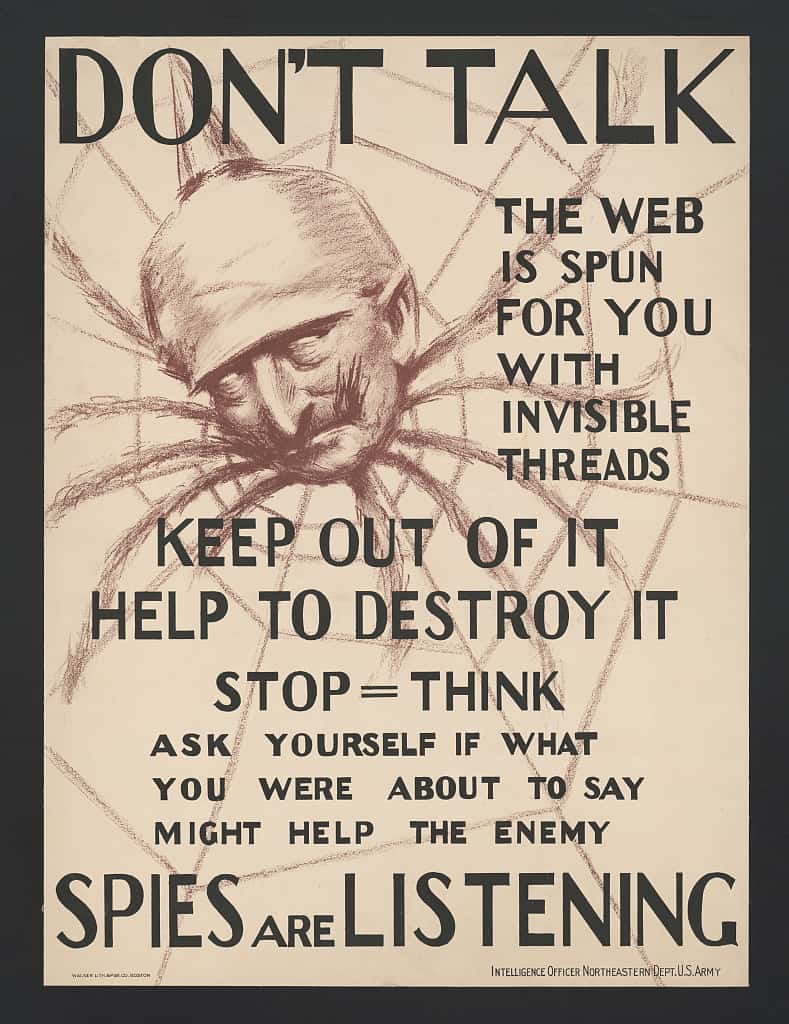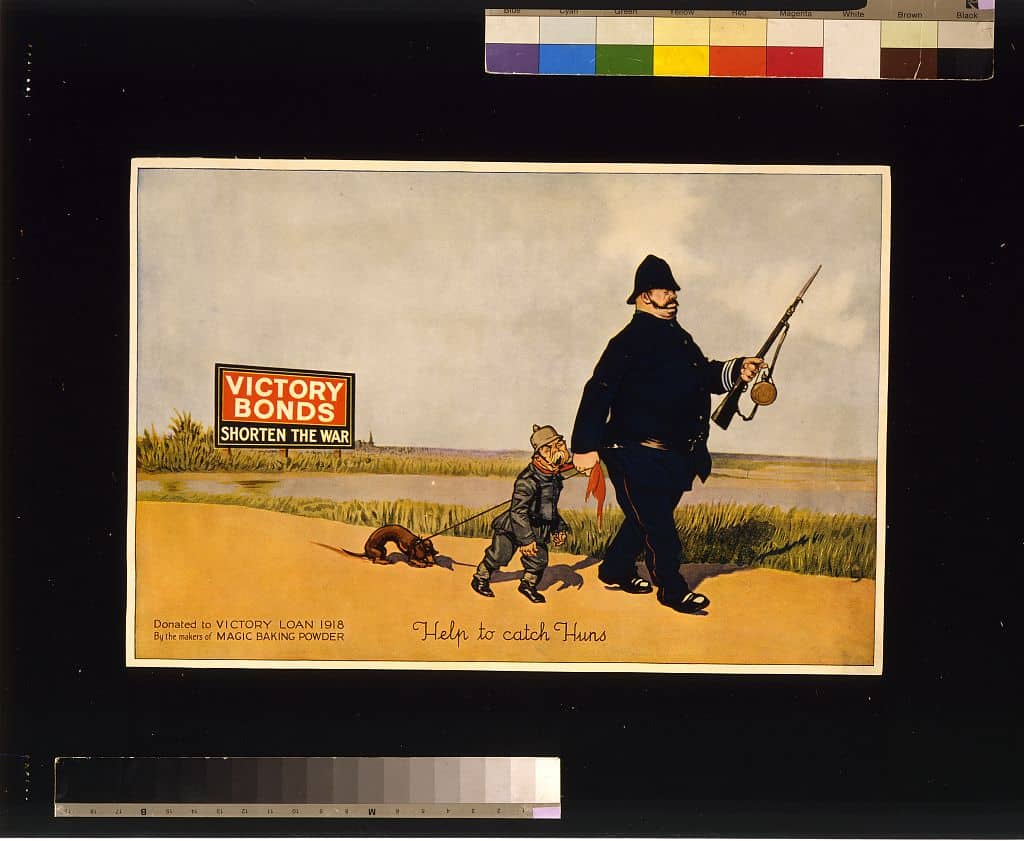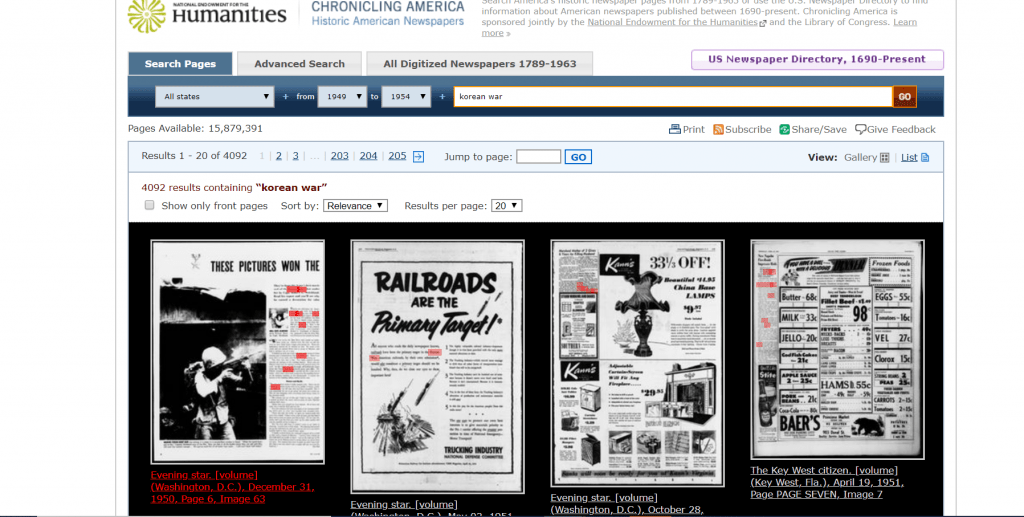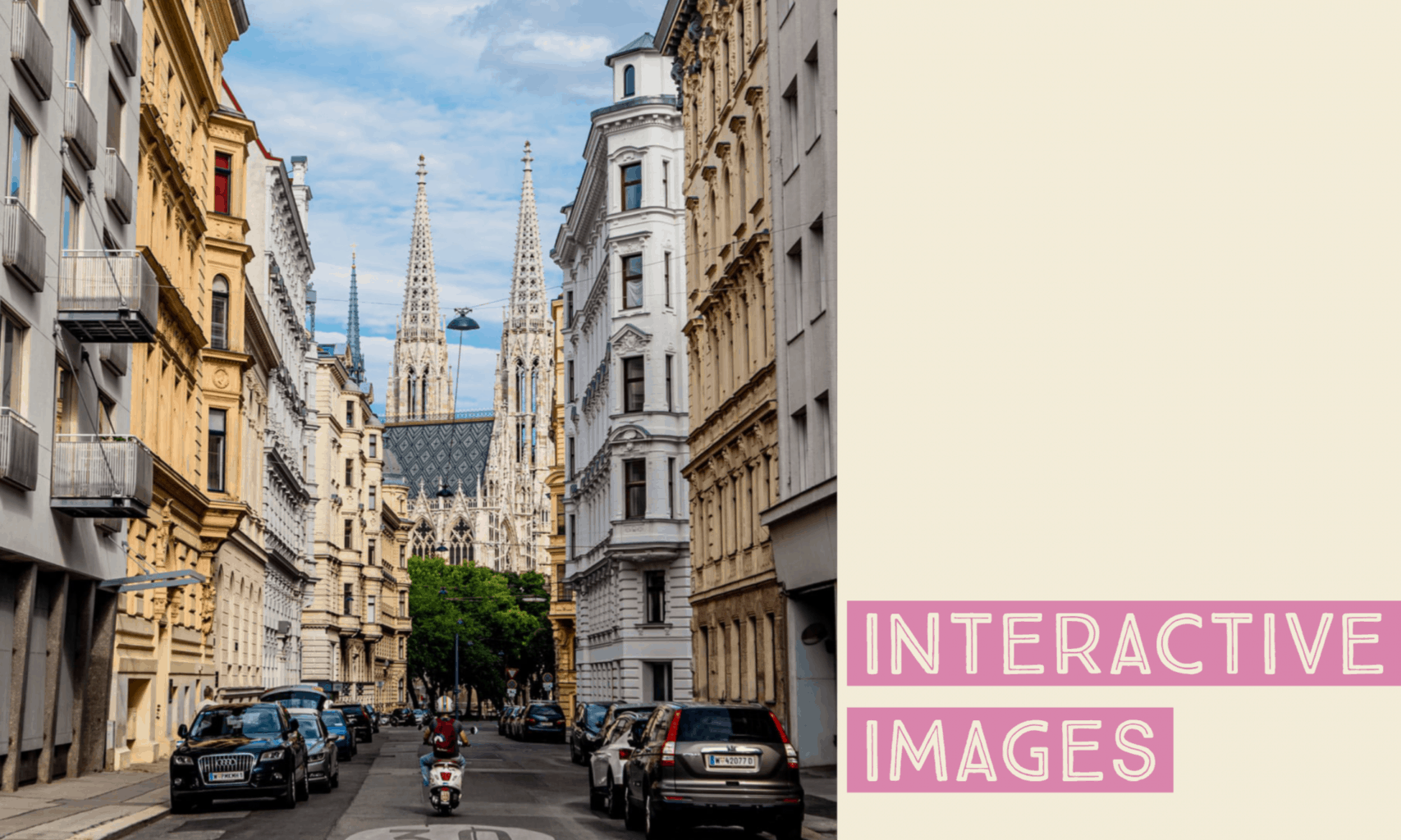When asking my peers of their history education background, I tend to get one of two drastically different answers. Some respond positively, speaking of how they love to read and discuss their findings in a classroom setting about historical topics and themes they are passionate about. Others perceive learning history as tedious, or even worse, irrelevant. Pointing to their own experience of memorizing names, dates, and events in order to get the “A” on the test, those with a negative perception towards learning history fail to see the relevance of studying the field.
I myself was once one of these people who saw learning history in a negative light. Entirely focused on the grade, I didn’t understand how studying stuff that already happened could be beneficial. This changed entirely my 3rd year in high school, when my teacher introduced me to a way of studying history drastically different than what I’d experienced in the past. I learned history through living in it, diving into primary sources and understanding what life was like for the people I had previously read about in the dry and boring excerpts from my textbooks. I no longer remembered facts; I now took a stance on topics that while they remained in the past, still somehow seemed timeless.
My love of history grew so much from that period that I, one who once dismissed history as interesting but useless, devoted myself to becoming a high school history teacher during my freshman year of college. I knew I had to prevent students from going down the path I once walked down; I had to make history fun, interesting, and most importantly, relevant and meaningful to my students.
I knew textbook question and answers was not something I was going to rely upon, but how would I exactly accomplish my goals of making history fun, interesting, relevant, and meaningful to students, especially those who already had poor perceptions towards history as they entered high school? The answer as an idea was simple, however more complex in execution: I would allow my students to become the historians.
This idea somewhat shocked me. How would my students be able to transform into historians? What would my place as the teacher be in all this? As someone who favors organization and order, I did not know how allowing my students to be the drivers of their education would play out in reality. Regardless, I had to try.
My first attempt at this new approach to teaching is detailed in my post “Thinking Like a Historian“. Merging technology through a google forum with a primary source document, I made my first attempt to allow my students to become the historian. Placing proper scaffolding questions to assist my students who needed the help, they were now in charge of their learning, and I was there to help them along the way. However, this was just used as a small activity within a lesson. How would I create an entire lesson, or better yet, an entire unit centered around this approach to history?
In my most recent work, I’ve attempted to construct an entire lesson devoted to learning about WWI through posters from the era. Titled “World War I Through Posters“, students learn about key ideas about the “Great War,” such as how the nature of this conflict differed from those of the past. Students learn about the vast social change in the world that stemmed from this conflict, key historical ideas such as “Total War”, “Propaganda”, and “Nationalism” through this lesson. Instead of a textbook providing them the information about these key topics, the students discover what these terms mean themselves through analyzing WWI primary sources. They then get to live in the time period by constructing their own WWI era poster utilizing techniques they’ve observed from the primary sources they’ve examined.
While I have not tried out this lesson yet, I plan to utilize it during my instruction of my first WWI unit next semester. With greater trust in my students to guide their own learning made possible by my increased ability to construct effective, student led lessons, I aspire to be a history teacher that makes learning history fun, interesting, relevant, and meaningful for all of his students.







